Greek moussaka is a homely, hearty dish that consists of layers of eggplants (aubergines), minced/ground meat, and béchamel sauce. It is one of the most famous dishes that Greek cuisine has to offer and we consider it as one of the national dishes.
Jump to:
Like most Greek traditional dishes, there is no single recipe for Moussaka (in Greek, the stress is on the last syllable), and almost every Greek family has its own version. Potatoes are a very popular addition, next come zucchinis, and sometimes even artichokes.
Except for the Greek moussaka, you can find the dish in a lot of versions in the cuisine of the Middle East, Levant, and The Balkans.
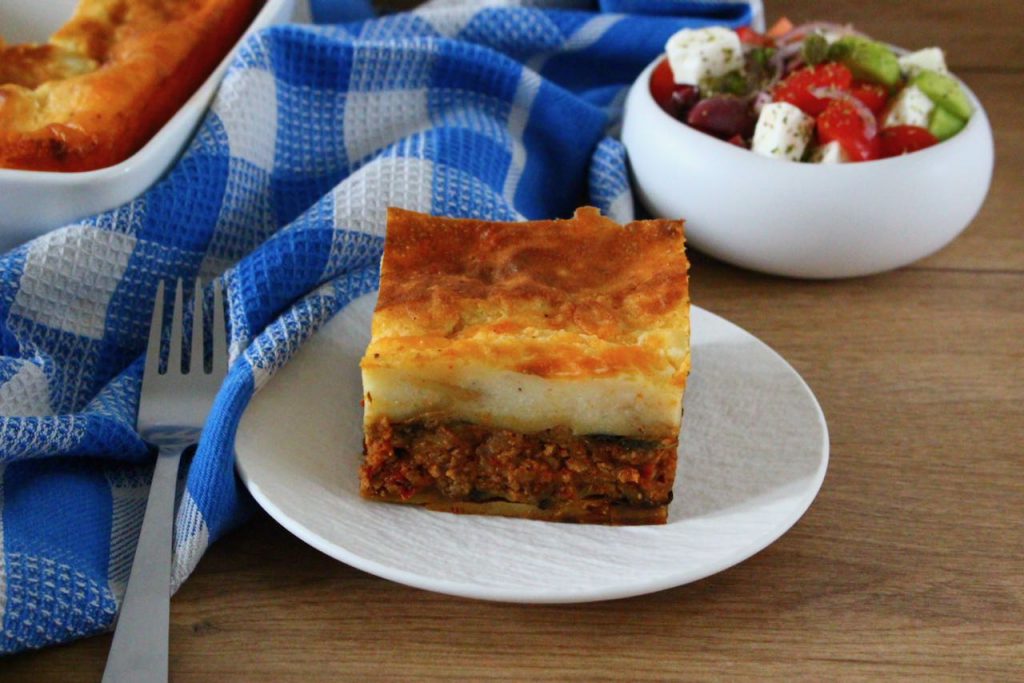
Origin
Moussaka is known as a Greek dish all over the world but it was only introduced to the Greek gastronomic scene quite recently. The origin of the dish is widely believed to be Arabic (where eggplants originated). According to food historians, moussaka derives from the Arabian (Levantine) dish Maghmuma or Musashkhan, a similar dish (layers of meat and eggplants) that appeared in the 13th-century Arabic cookbook called Kitab al-Tabikh (The Book of Dishes or Baghdad Cookery Book). Today Moussaka is a common dish in the Balkan countries, Lebanon, Turkey, and the Middle East.
The Lebanese version called moussaka’a is a vegetarian dish that consists of potatoes, chickpeas, eggplant, tomato sauce, and (of course) spices served with couscous.
The Bulgarian and Romanian versions use potatoes and ground pork instead of eggplants. They are layered and most commonly topped with a sauce made from eggs and yoghurt.
The Turkish version musakka is not layered. The recipe can be found in the Turkish Cookery book of 1862 and consists of thinly sliced eggplants that are fried and served in a tomato meat sauce cooked with green peppers, onions, and garlic, and generally served with pilav.
The Greek moussaka
The modern well-known Greek version of moussaka was created by Nikolaos Tselementes in the 1910s. Tselementes was a French-trained Greek chef and is considered the father of modern Greek gastronomy. His last name “Tselementes” is synonymous with Greek cookbooks.
Tselementes believed that European cuisine is based on ancient Greek cuisine. He also thought that modern Greek cuisine has been heavily modified due to Ottoman ruling, and he wanted to change that.
In the 1920s he published the book Cooking and Patisserie Guide and there is a whole chapter dedicated to moussaka. In the classic recipe, he layered eggplants, potatoes, and meat sauce topped with béchamel sauce for the first time. The same chapter includes six different moussaka recipes: the classic, and substituting the eggplants with zucchini, potatoes, or artichokes.
How to make Greek moussaka
Moussaka is a dish that needs time but it is worth the effort. In Greek we consider it as a festive dish or a Sunday dish. Every Greek household has its own recipe and uses mainly eggplants, meat or tomato-based sauce, and béchamel sauce. There are differences between the methods of preparation and the used ingredients.
The eggplants
Eggplants probably originated in India or in Africa. The Chinese are the first who cultivated eggplants since 544 BC. Eggplants or aubergines were introduced throughout the Mediterranean region by the Arabs, initially in Spain (8th century), in the early Middle Ages. In Greece, they appeared in the Byzantine times around the 11th century and they became a kitchen staple since then.
The most common varieties produced in Greece and used in the preparation of moussaka are the tsakonikes (graffiti eggplants) and flaskes (Italian eggplants). Try and buy some varieties that have a lot of flesh but not too many seeds, because more seeds mean more bitterness.
How to slice the eggplants
There are two ways to slice the eggplants for the preparation of moussaka.
Start by washing the eggplants, remove the stalks, and then cut them long wise or in disks. Cut them into 1- 1.5 cm thick.
Salt the eggplants
By salting the eggplants you reduce the bitterness. It also helps to reduce the amount of oil absorption by the eggplants and seasoning them and improves the texture keeping them firm.
Reduce the bitterness of the eggplants by placing the slices in a colander and sprinkle every layer with salt. Set aside for at least 20 minutes to 1 hour. Rinse the slices under cold running water and pat dry with a clean kitchen/tea towel. The alternative is to put the slices in salty water and set aside for 10 minutes, then squeeze and pat dry them, but this method can make the end result saltier.
Ways to cook the eggplants
There are three common ways to cook eggplants: fried, baked, or grilled.
Frying
The most common way is frying them in olive oil or vegetable oil. Heat 3 tablespoons of oil in a large non- stick heavy-based frying pan and fry the eggplants for 2-3 minutes on each side, adding more oil when necessary. When removing for the pan, set aside and drain the extra oil on some kitchen paper. This way makes the end dish a bit more “heavy”.
Baking
The second way is to bake the eggplants. Place the eggplant slices on a baking tray with parchment paper and brush them lightly with olive oil. Roast in a preheated oven at 220°C (425°F), until soft and golden, around 30 minutes. Eggplants will also continue to cook once assembled the moussaka, so don’t overcook them.
Grilling
The last way to cook the eggplants is to grill them. This way provides a smokey flavor to the dish. Just brush the slices with olive oil and grill them or wrap them in tin foil and grill for about 10 minutes, so they get more soft.
Always roast, bake, or fry the eggplants. There are a lot of recipes with raw eggplants but none of them is the Greek way to make moussaka and the results are almost always bad in taste.
The potatoes
Wild potatoes species originate from Peru and northwest Bolivia, also can be found throughout the Americas and they were domesticated around 8000-5000 BC. Now there are over 5000 different types of potatoes worldwide.
Potatoes were introduced to Europe in the second half of the 16th century by the Spanish. Although potatoes were introduced to specific areas of Greece (mainly the Ionian and a few Aegean islands) by the French, their mass production started after the Greek War of Independence.
The first prime minister of Greece, Ioannis Kapodistrias, has tasted potatoes before becoming the prime minister, while living in Europe, and considered them very nutritious. They were also cheap and easy to grow, which made them an excellent food product for the starving post-war Greek population. The first production started in Aegina in 1928 and since then potatoes became a staple in Greek cuisine.
How to slice the potatoes
Peel the potatoes and cut them in slices (longwise or in disks) around 0.5 cm thick. Add them to a bowl of water for a while just to remove excess starch, which is adding extra crisp when roasted or fried.
How to cook the potatoes
There are also 3 ways to cook the potatoes for the preparation of moussaka: fried, baked, or boiled.
Frying
Season the potatoes with salt and pepper and deep fry them until golden. Transfer on kitchen/paper towels, and drain the excess oil.
Baking
Season the potatoes with salt and pepper. Place the potato slices on a baking tray with parchment paper and drizzle them lightly with olive oil. Roast in a preheated oven at 220°C (425°F), until soft and golden, around 30 minutes. Potatoes will also continue to cook once assembled the moussaka, so don’t overcook them.
Boiling
Cook the potato slices in boiling water for 5 to 7 minutes. Then drain under running water in a colander until cold. Leave them in the colander to drain completely.
The meat sauce
This is one of the tastier steps and has so many variations. We usually make it with meat, which is the most common way. The most traditional recipes call for ground beef, a mix of half ground beef and half ground lamb, or ground lamb. You can also find variations with ground veal or a mix of half ground beef and half ground pork.
It is a great, hearty, meat and tomato sauce with spices like cinnamon, allspice, and nutmeg. It is almost the same sauce as the one used to make pastitsio or makaronia me kima. The flavor is stronger when we use ground lamb meat.
How to make the meat sauce
Preheat a heavy-bottom non-stick panned add the olive oil. Sauté the onions until translucent. Add the ground meat of your choice and sauté until lightly browned. Add the wine, tomato sauce, salt pepper, garlic, cinnamon, bay leaves, tomato paste, nutmeg, and allspice and mix well.
Reduce the heat and let the sauce simmer until all the liquid evaporates. The longer you simmer the sauce the better the flavors mingle and the taste will be.
Stir occasionally, to prevent the sauce from sticking. When the sauce is ready just remove the bay leaves. This step is the same for all kinds of meat.
Ways to thicken the meat sauce
The thicker the sauce is the better the end results. The classic, traditional way to thicken the sauce is by reduction. Simmer over medium-low heat for more than 1 hour until the sauce is thick and sticky.
Use flour
Add 1 or 2 tablespoons of flour before you add the water to the recipe.
Use cornstarch
Add 1 or 2 tablespoons of cornstarch to 1 cup of lukewarm water and mix. Add it to the sauce 5 minutes until you take it out of the fire.
Use heavy/cooking cream
We can add some heavy cream in the sauce right at the end to give a thicker, creamier but “heavier” texture.
Add grated cheese
We can add some grated kefalotyri or kefalograviera (Greek cheeses), parmesan, or pecorino. It will uplift the flavor and add creaminess to the end result of the sauce.
Add béchamel sauce
Add 2 to 4 tablespoons of béchamel sauce in the meat sauce, after you cook it, to make it creamy and thick.
Vegetarian or Vegan
We can also make the sauce with vegetables or legumes. Make a “meaty” sauce out of mushrooms, soy meat, beans, chickpeas, or lentils. If you use legumes (except lentils) soak them overnight in water and simmer the sauce for at least 1 to 1 ½ hour. For a quicker result, you can always use canned legumes.
The béchamel sauce
A top layer of a creamy béchamel sauce with a hint of nutmeg is what makes a great moussaka. There are also a lot of variations in a béchamel sauce. You can make the classic recipe, a gluten-free version, a vegan version, and a light béchamel sauce made with yoghurt.
How to make the béchamel sauce
On medium to high heat, melt the butter in a pot. Add the flour slowly and whisk constantly. When the flour absorbs the butter (roux), reduce the heat and start to pour the milk slowly into the mixture. Keep whisking constantly so that the béchamel is smooth and has no lumps. Add the nutmeg and the salt and cook until the result is creamy. Remove the pot from the heat, add the eggs and whisk until well incorporated. Pour the béchamel at the top of all the layers of moussaka and bake for 45 minutes or until golden and brown at 180°C (350°F).
Classic béchamel sauce
We typically make it using butter, milk, flour and eggs, spiced with nutmeg and salt.
Egg-free béchamel sauce
Just skip the eggs and add some shredded cheese on top, preferably kefalotyri or kefalograviera.
Gluten-free béchamel sauce
Just replace the flour with all-purpose gluten-free flour and use the same method. Because gluten-free flour is not the same as wheat flour the roux will be more liquid.
Vegan béchamel sauce
Useplant-based milk, margarine or oil and vegan cheese to sprinkle at the top.
Light béchamel sauce
Use vegetable oil and low or non-fat milk to make the béchamel more light and with fewer calories.
Béchamel sauce with yoghurt
Use 400g of greek yoghurt, 2 eggs, 5 Tablespoons kefalotyri or parmesan cheese, 1 ½ tablespoon cornflour (cornstarch), 8 tablespoons milk, ½ teaspoon salt and 1 teaspoon nutmeg. Mix in a bowl first the cornstarch with the milk, then the eggs and the yoghurt, and at the end the salt nutmeg and cheese. Top the moussaka and bake for 45 minutes at 180°C (350°F).
Assemble
There are many ways to assemble a moussaka. In all cases, Greek moussaka has the meat/tomato sauce in the middle and béchamel sauce at the top. You can have only 3 layers consisting of eggplants, meat sauce, and béchamel sauce, but you can also add more layers.
My favorite variations of moussaka consist of:
- 3 layers of eggplants, 2 layers of meat sauce topped with béchamel sauce, or
- 2 layers of eggplants, 2 layers of potatoes, and 1 layer of meat and béchamel sauce.
When basic ingredients are used
In an ovenproof baking dish, preferably non-stick, or dutch oven, add on the bottom the first layer of eggplants. Top it with half of the meat sauce then repeat one more time with a layer of eggplants and the rest of the meat sauce. Add the third and final layer of eggplants and finish by spreading the béchamel sauce over the entire top. Sprinkle with cheese on top and bake.
When potatoes are used
Add a layer of potatoes at the bottom topped with a layer of eggplants. Continue by adding the meat sauce and spread it evenly. Finally, add one more layer of eggplants, then potatoes topped with the béchamel sauce. Sprinkle with cheese if applicable on top and bake.
Baking Greek moussaka
Place the moussaka in a hot oven uncovered, and let it bake for around 45 to 50 minutes at 180°C (350°F), until golden brown. Let it rest and cool for a few minutes before cutting and serving because the warmer it is the easier the layers collapse.
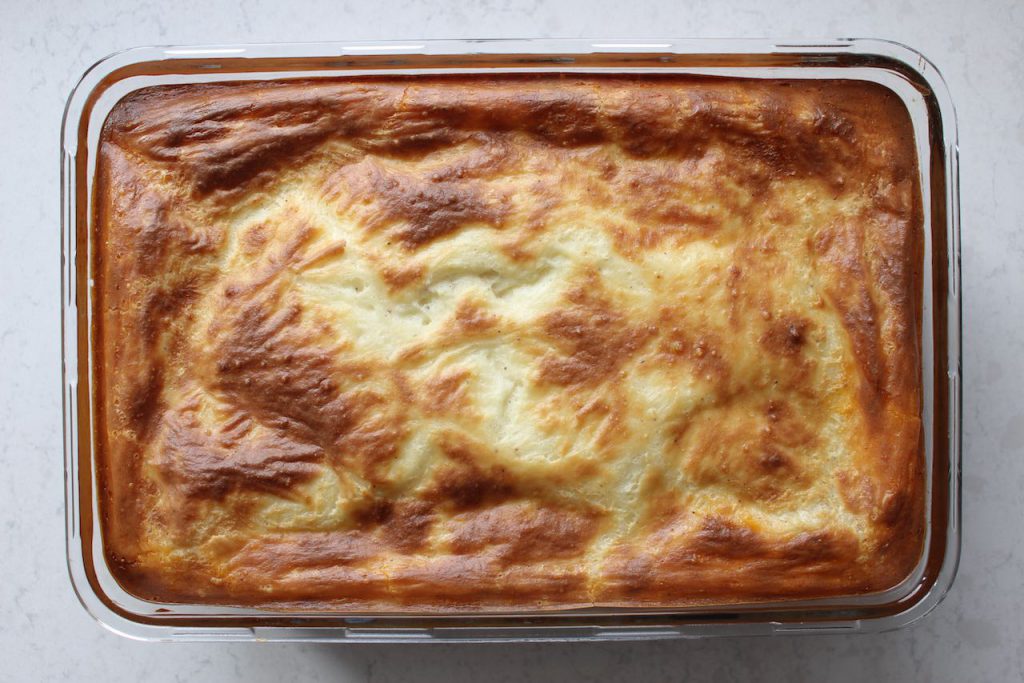
Tips & tricks for the perfect Greek moussaka
Start with the eggplants and while they are being prepared cook the meat sauce. Prepare the béchamel sauce last so that it doesn’t have lumps.
You can always prepare all the ingredients a day before and add only the béchamel sauce, or bake ahead and reheat before serving.
The classic moussaka (eggplants, meat, and béchamel sauce) is freezer-friendly. Put it in an airtight container and freeze for up to 3 months. Unfreeze the desirable amount naturally and reheat before consumption.
For a crispier topping, sprinkle with breadcrumbs on top of the bechamel sauce before baking.
In Greece moussaka is commonly eaten at room temperature or warm.
The most common bechamel sauce cheese toppings are graviera, kefalotyri, and kefalograviera. If you cannot find the mentioned cheese types, try pecorino or gruyère.
Eggplant recipes
Do you like eggplants? Check this delicious recipes containing eggplant:
Conclusion
The best moussaka dishes are the ones which are home-cooked. It is a time-consuming dish to prepare but the end result is always awarding. Moussaka is a fantastic dish filled with warm spices, meat or vegetables, and a creamy béchamel rich sauce that tops it all with hints of nutmeg. Earthy, rustic flavors that blend so perfectly in one mouthful and are great even the next day, make moussaka one of the Greek comfort foods.
Enjoy your meal (Καλή Όρεξη)!

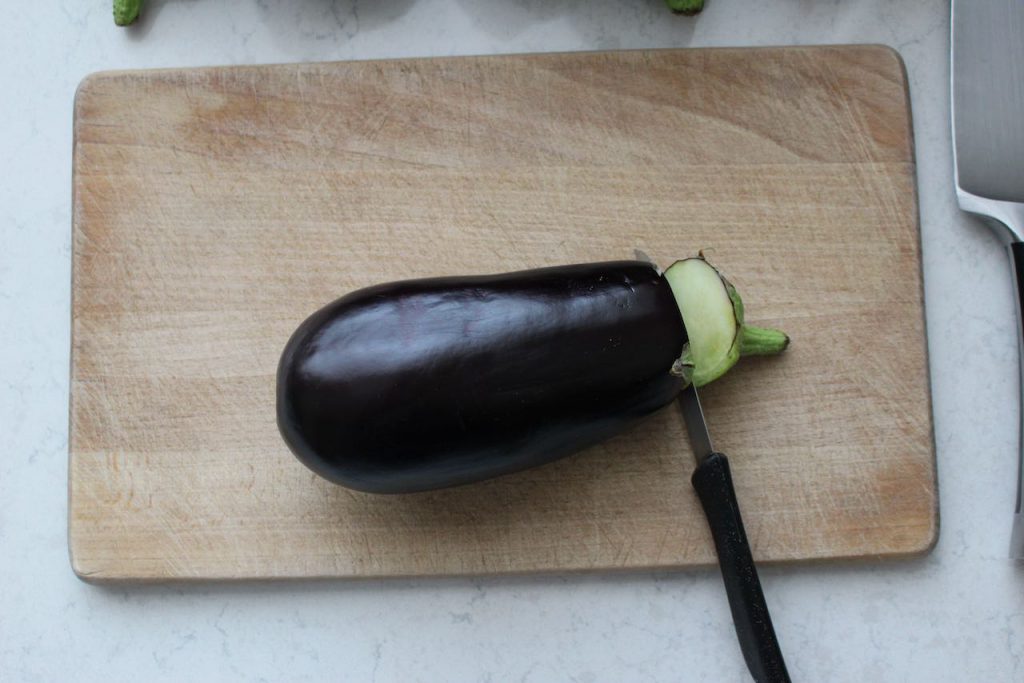
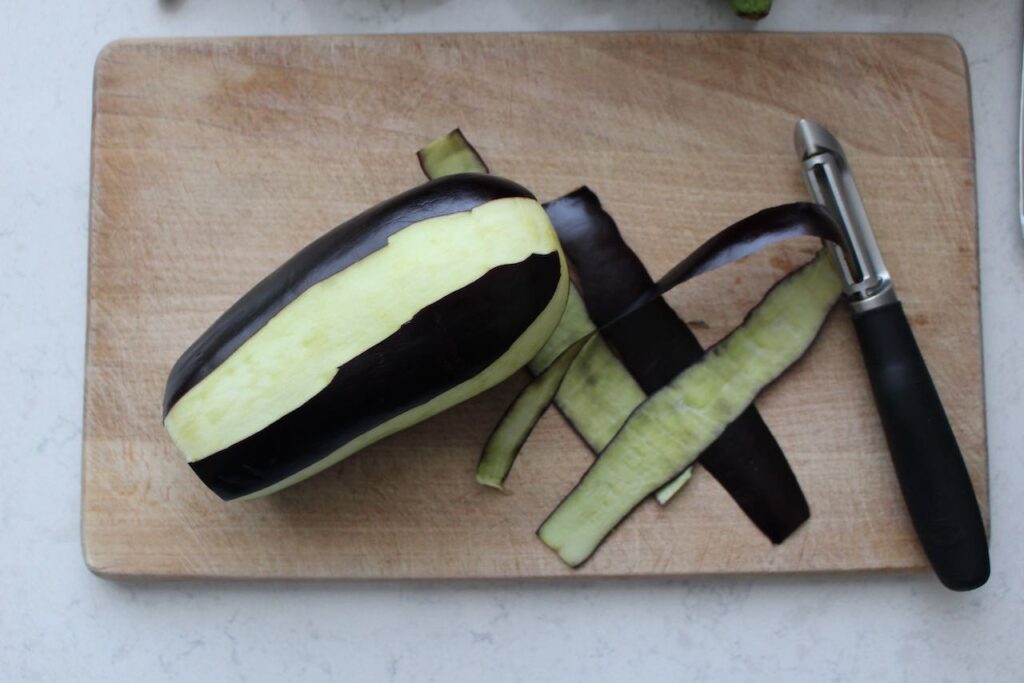
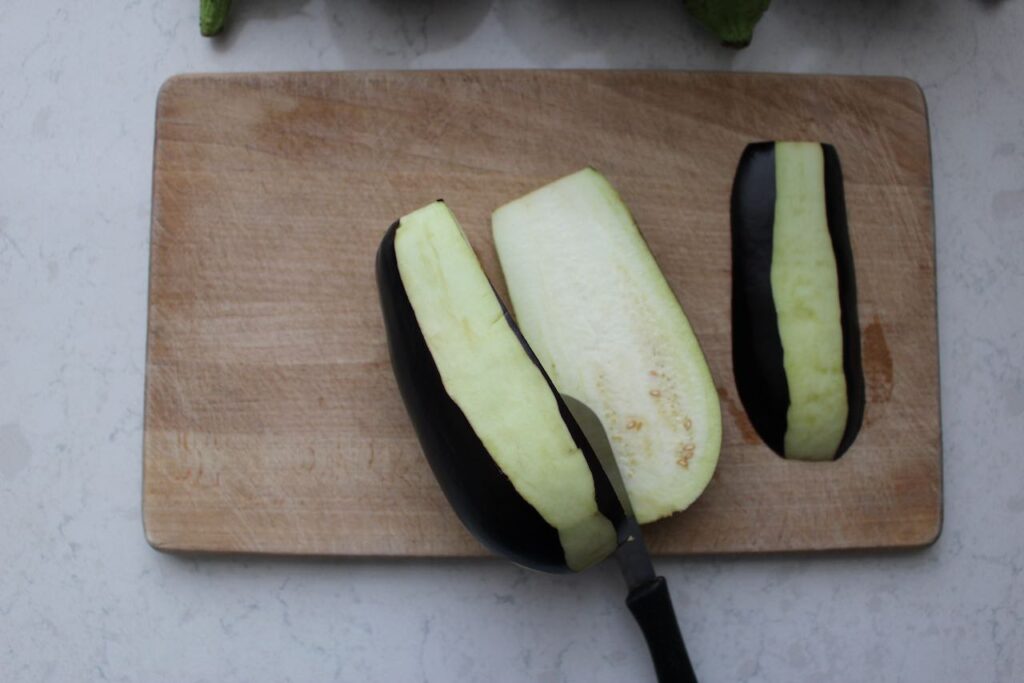
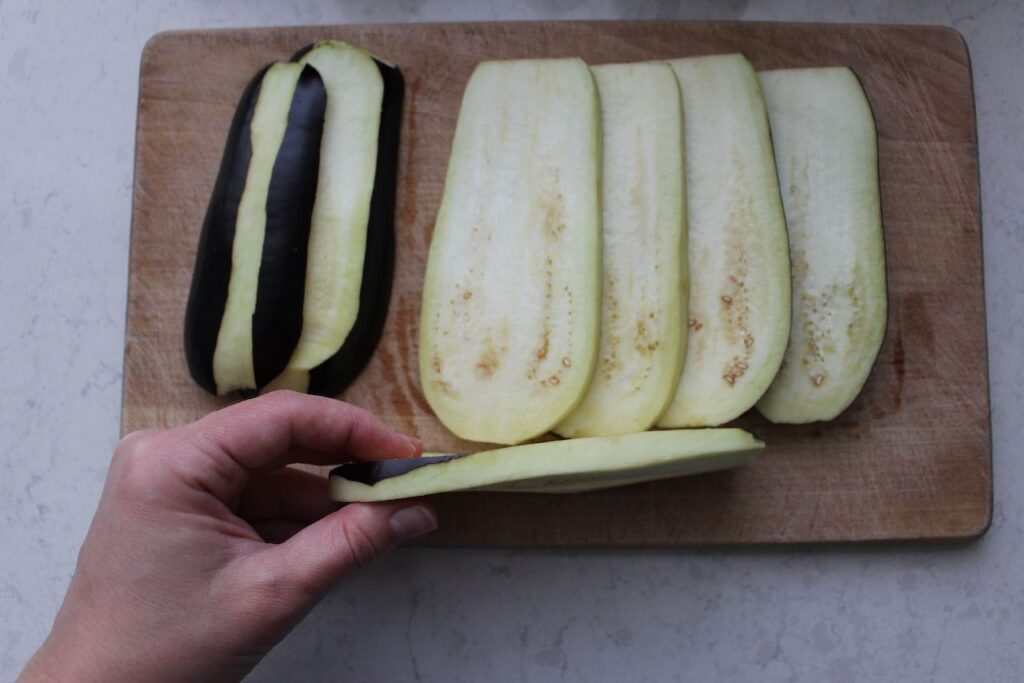
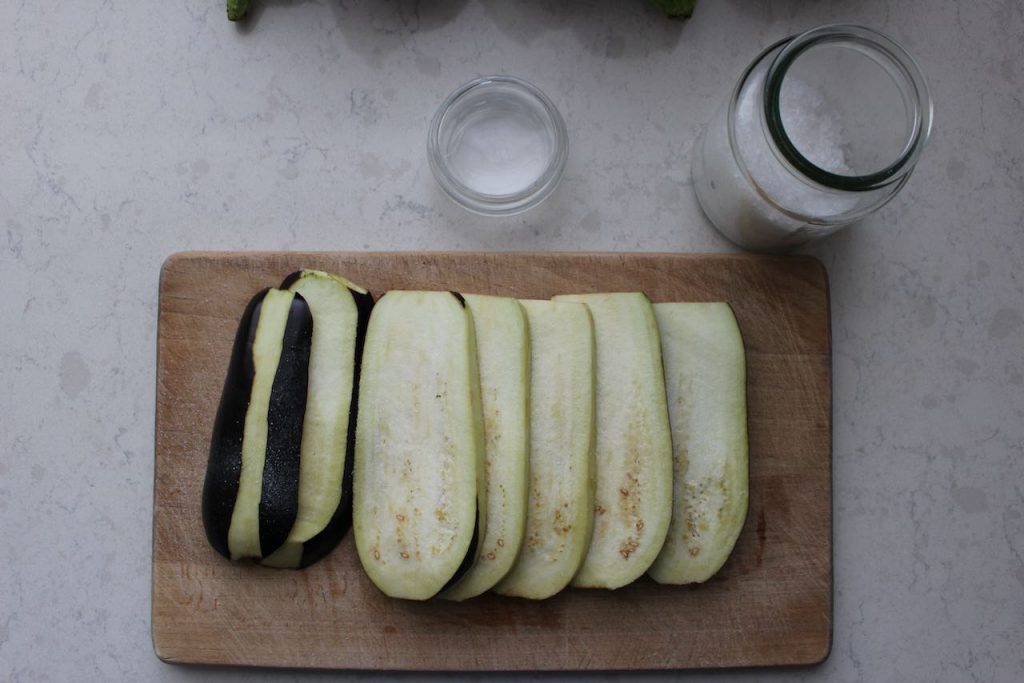
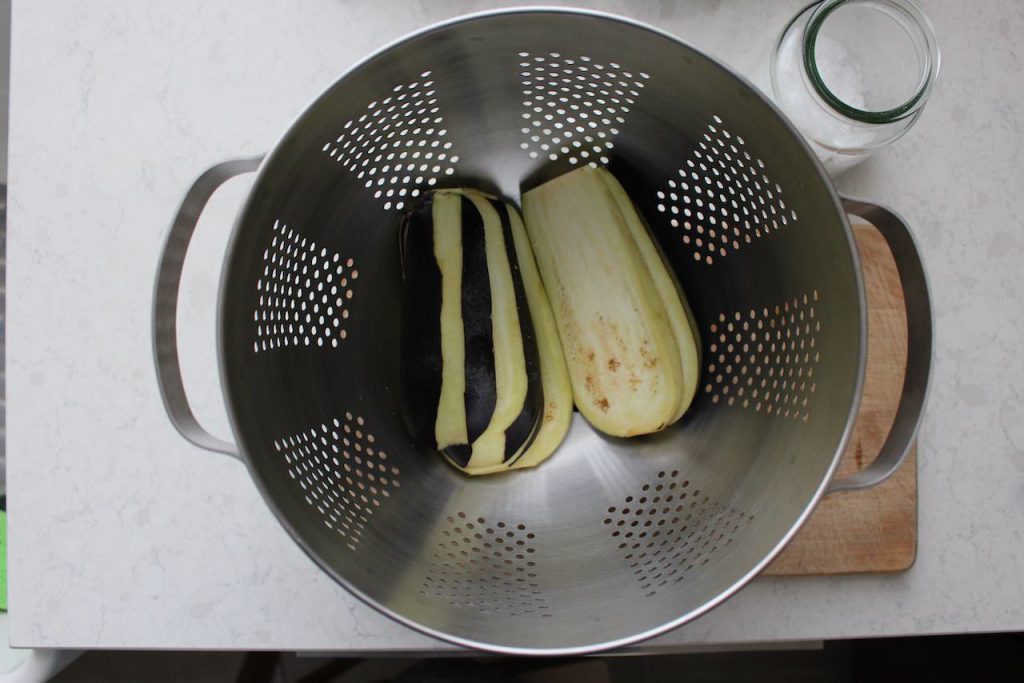

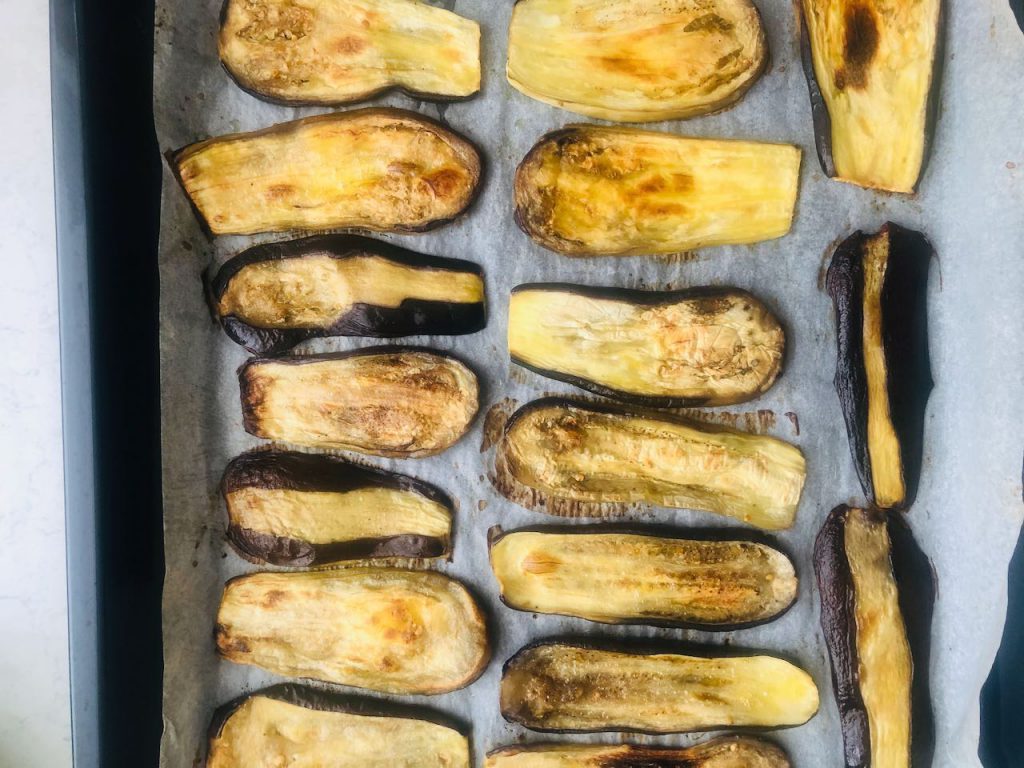
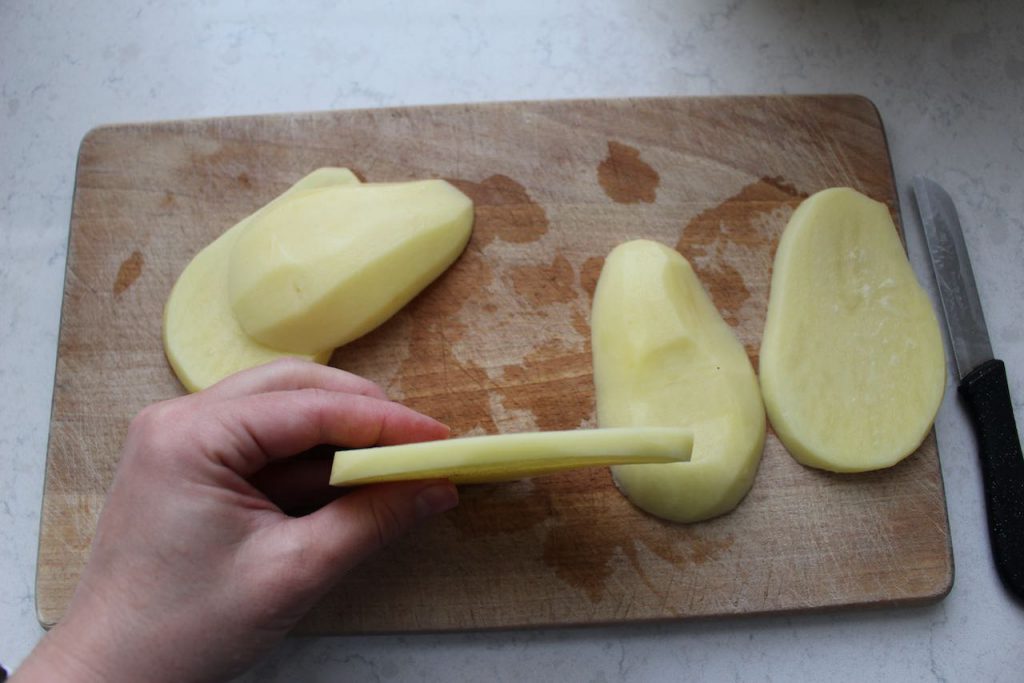

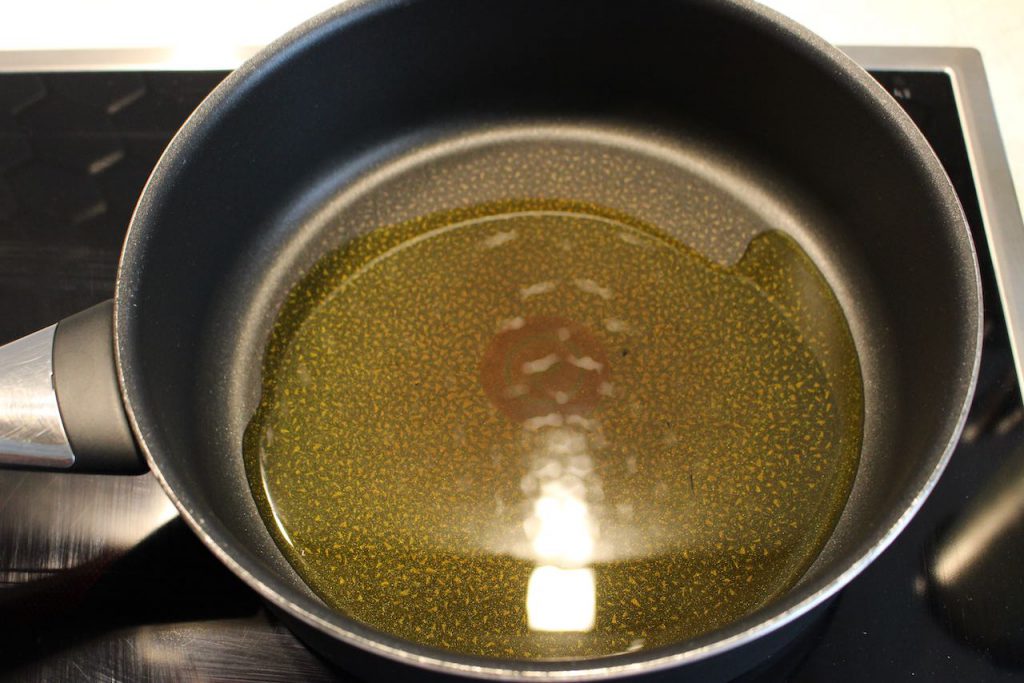


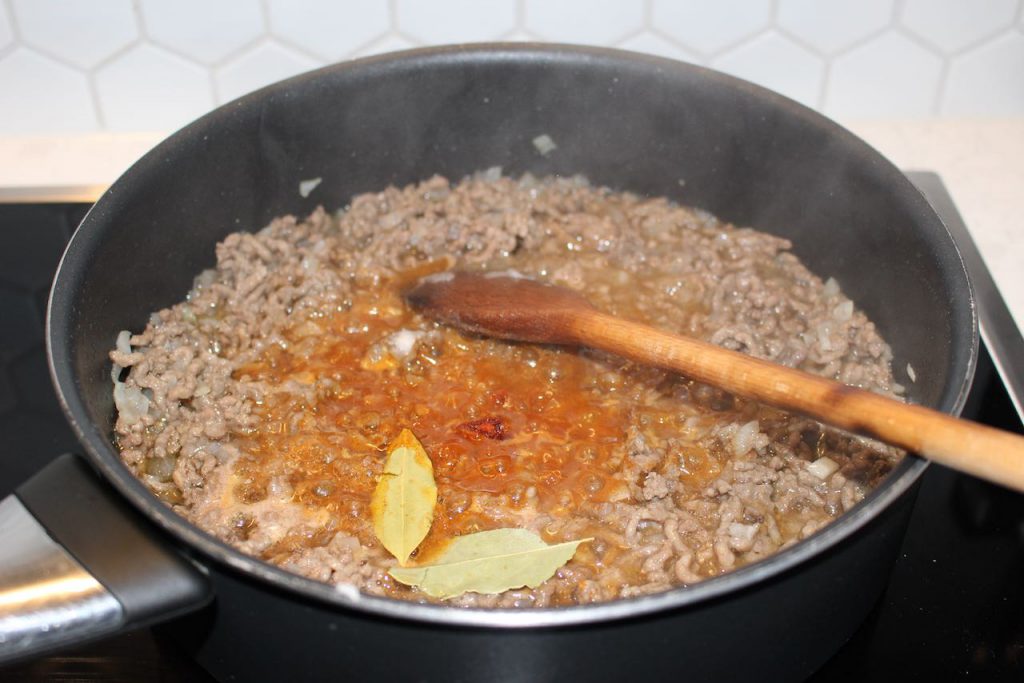
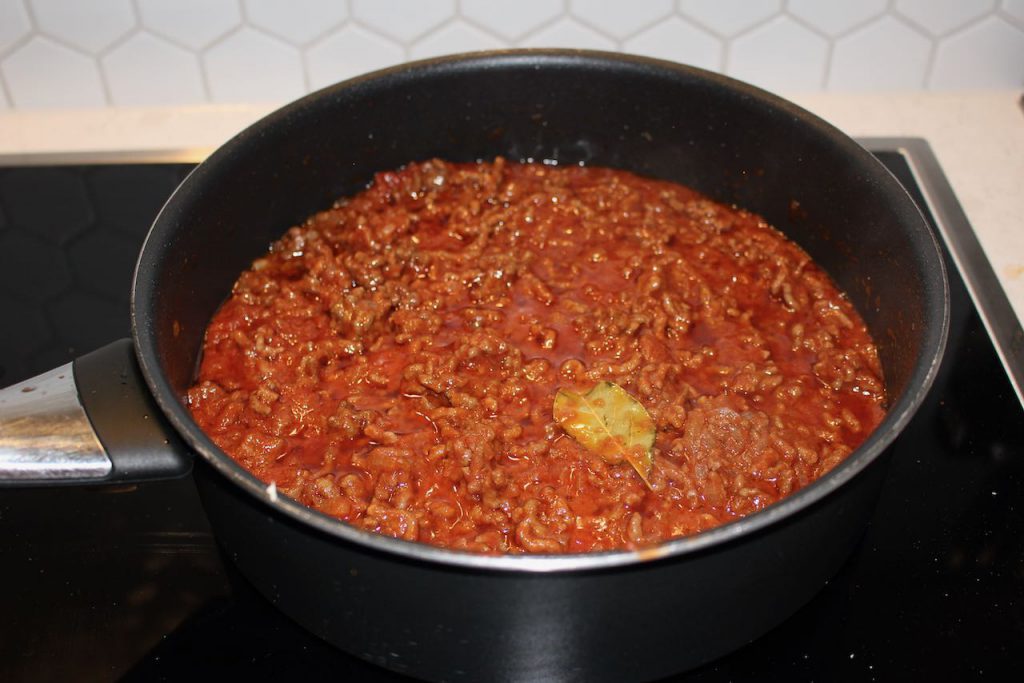

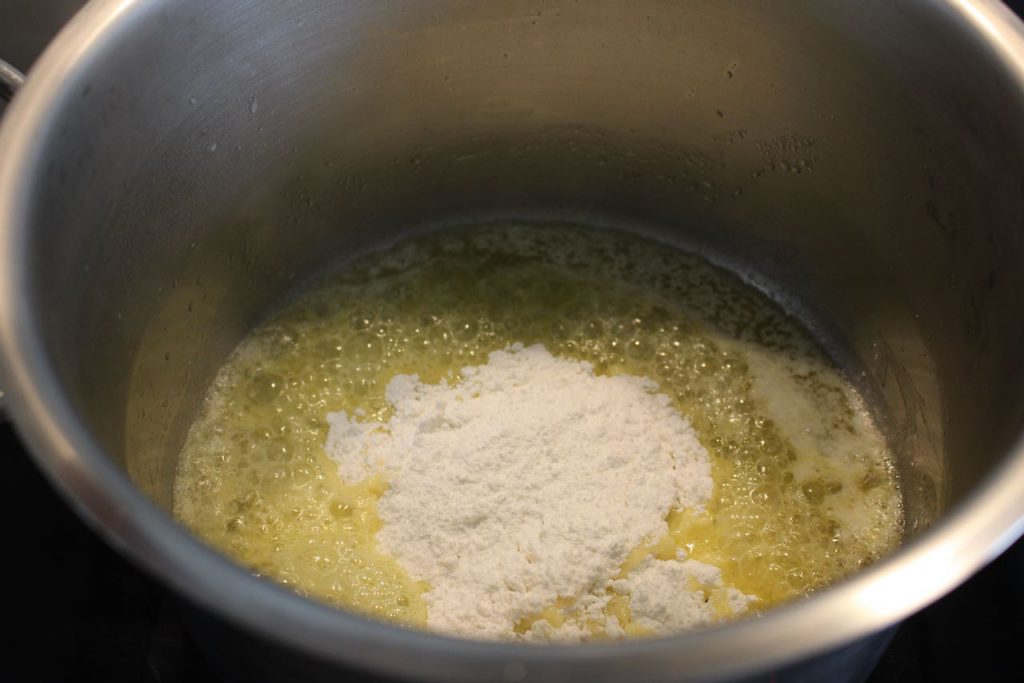
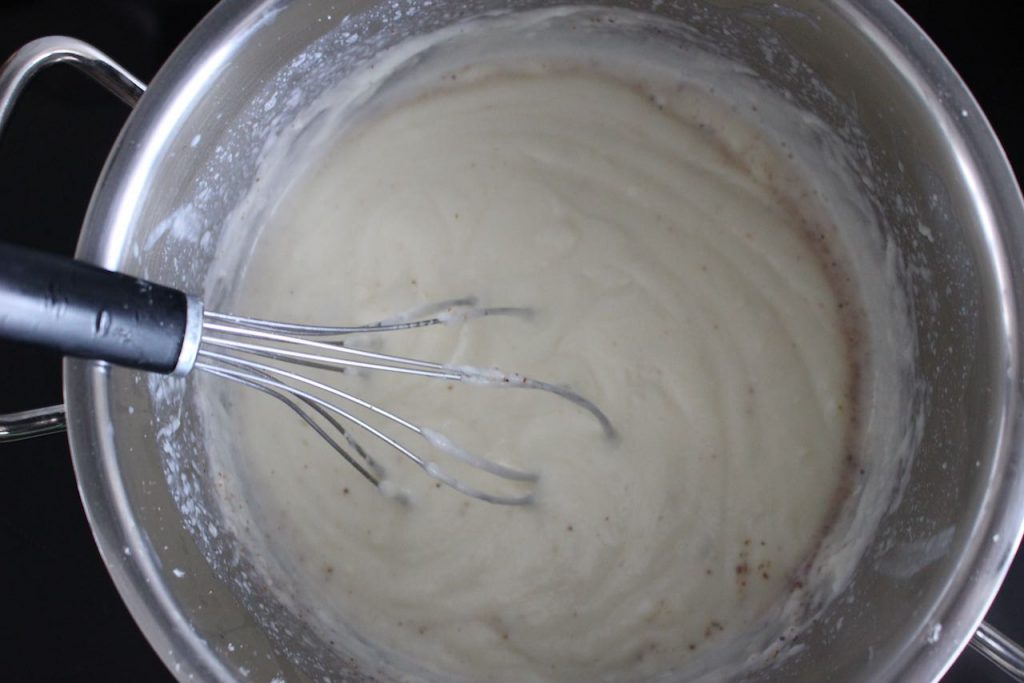
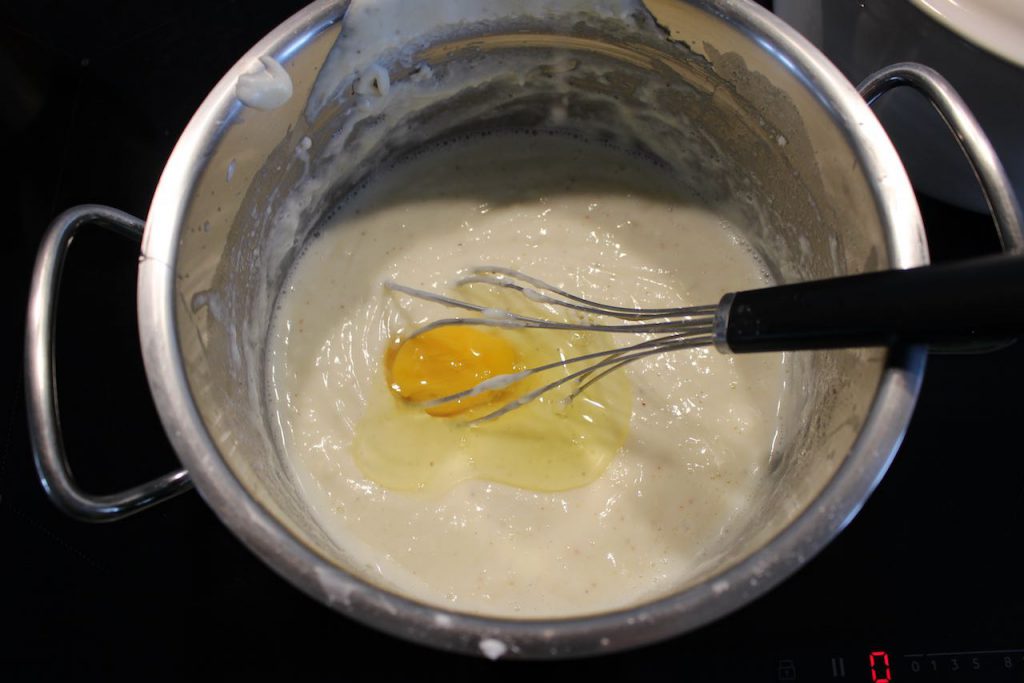
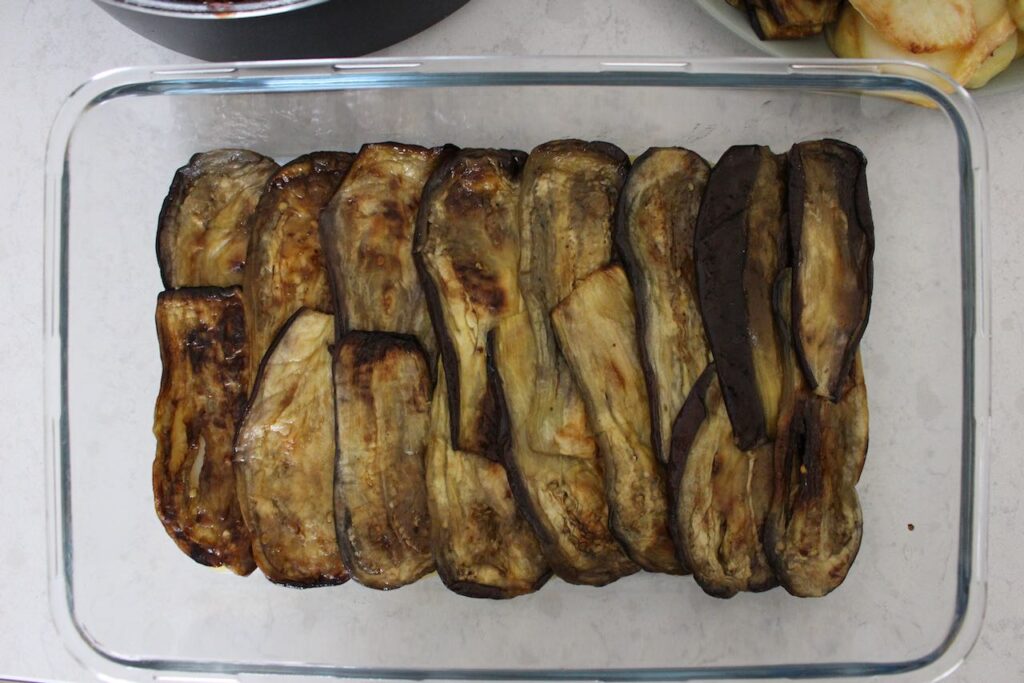
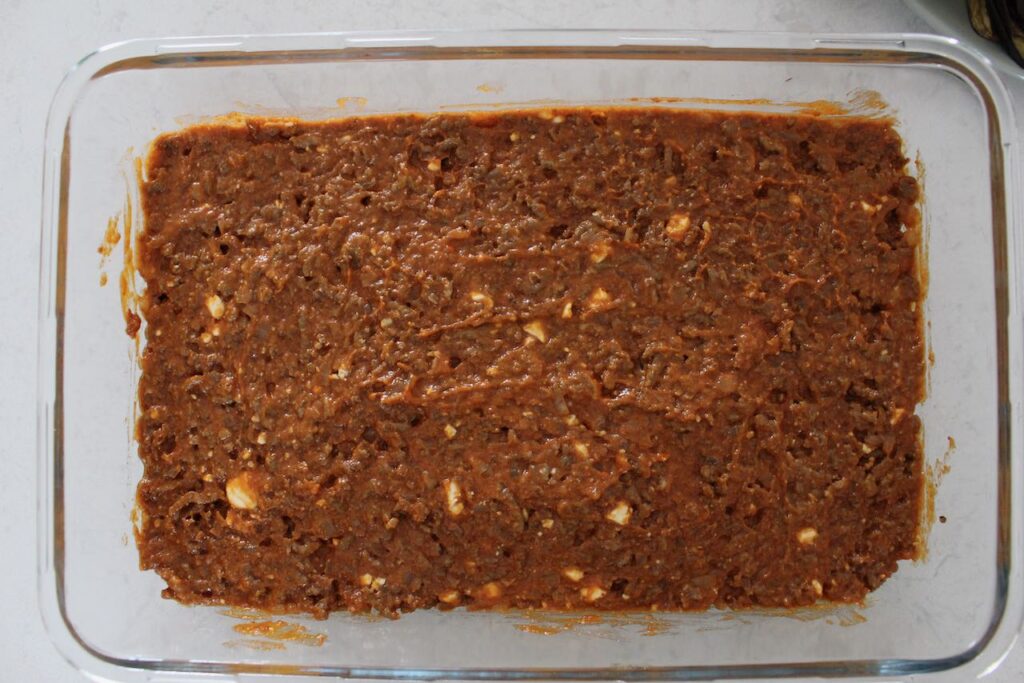
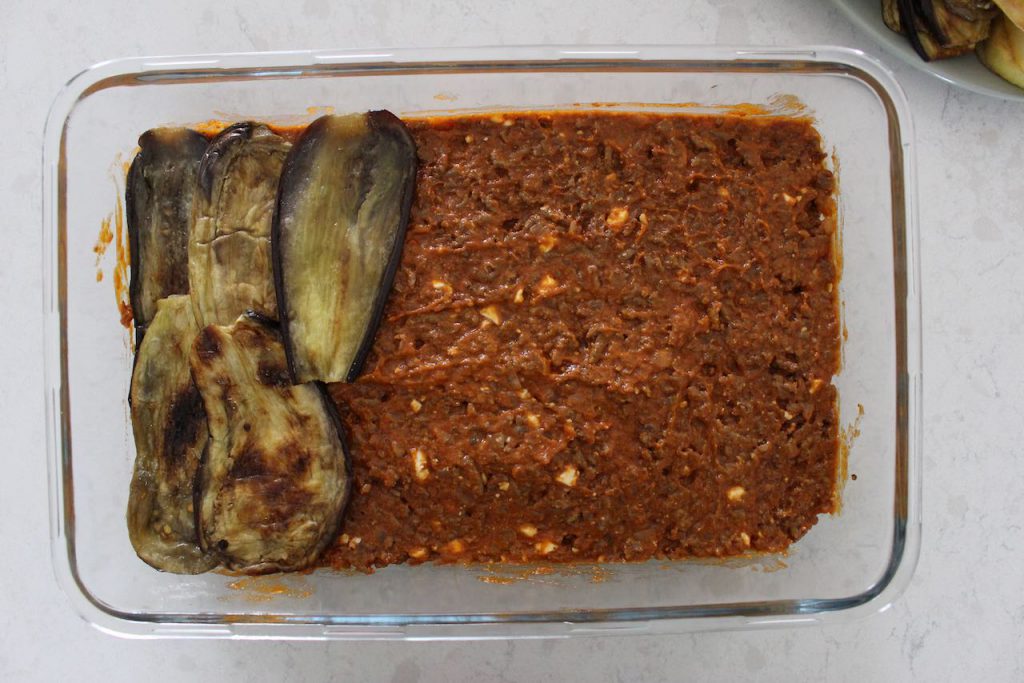
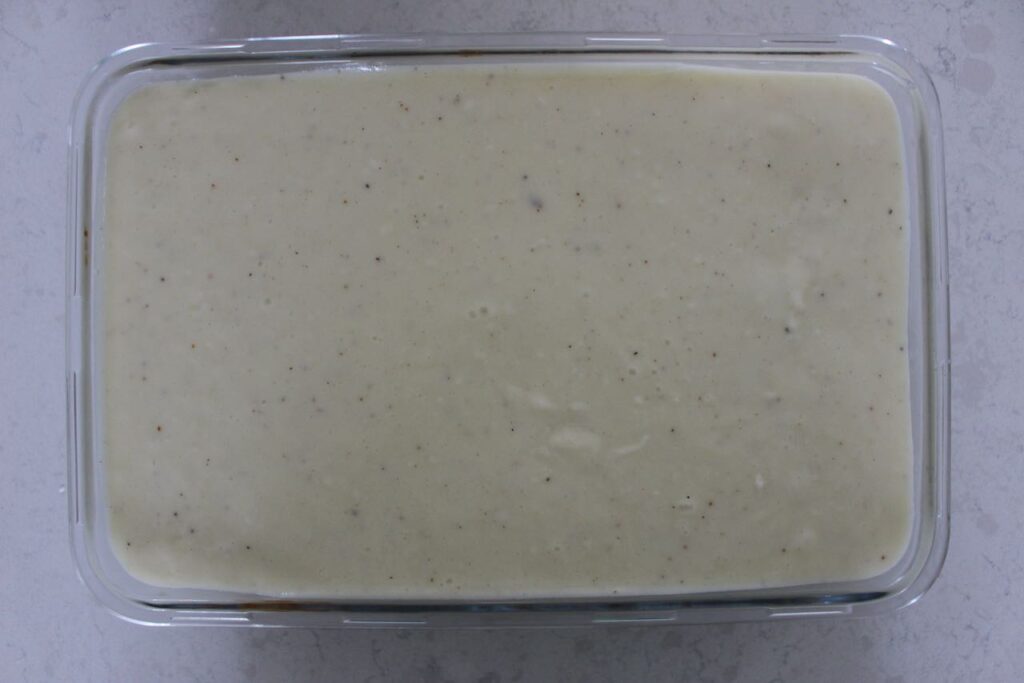
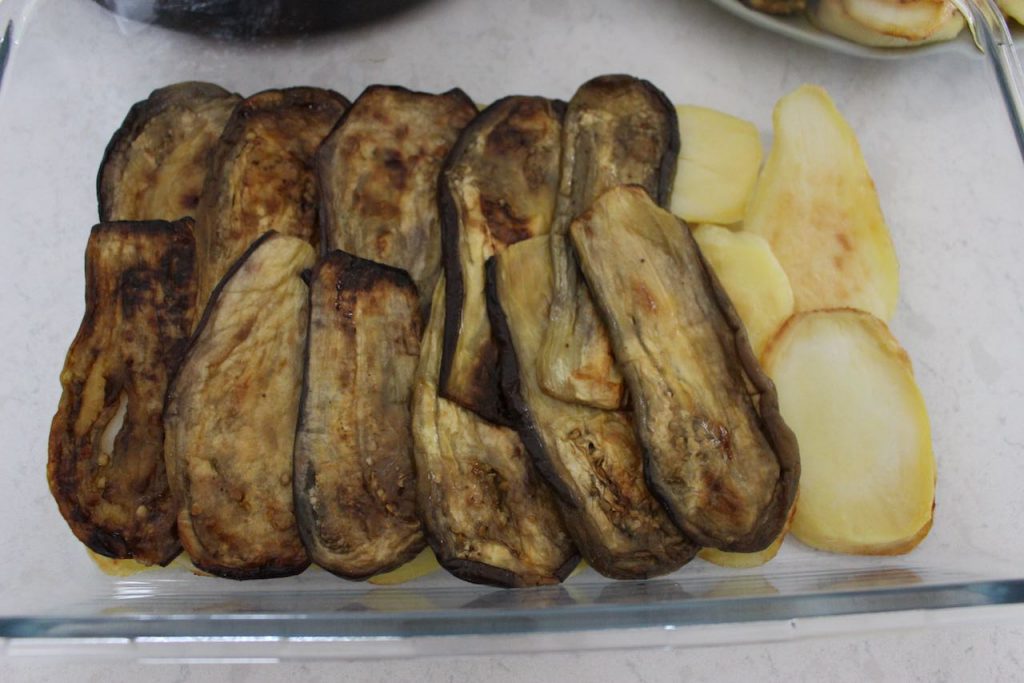
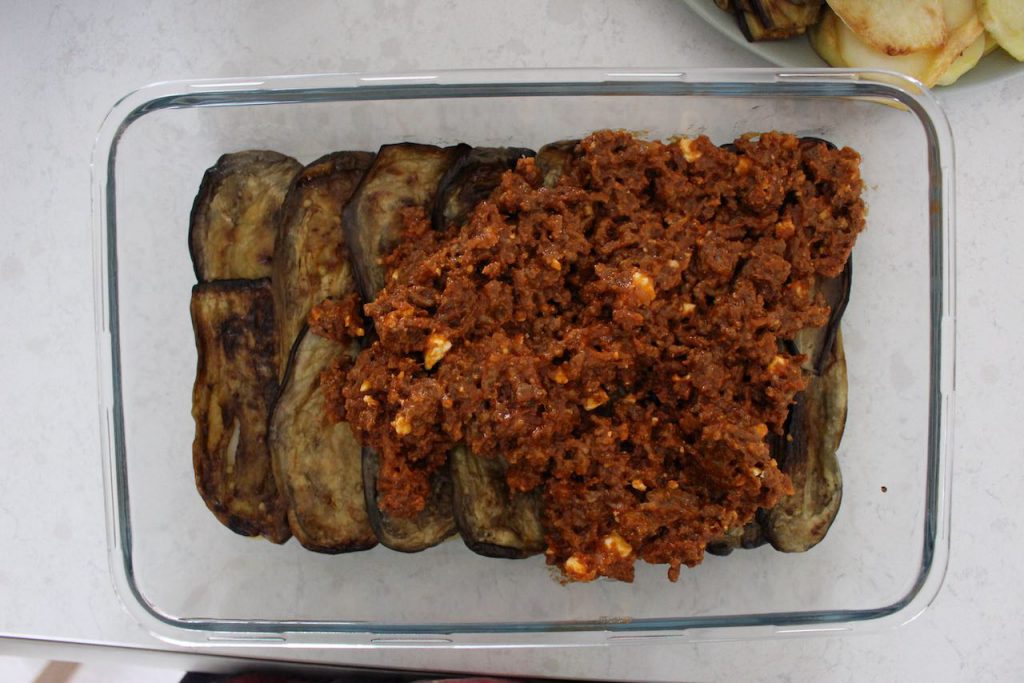
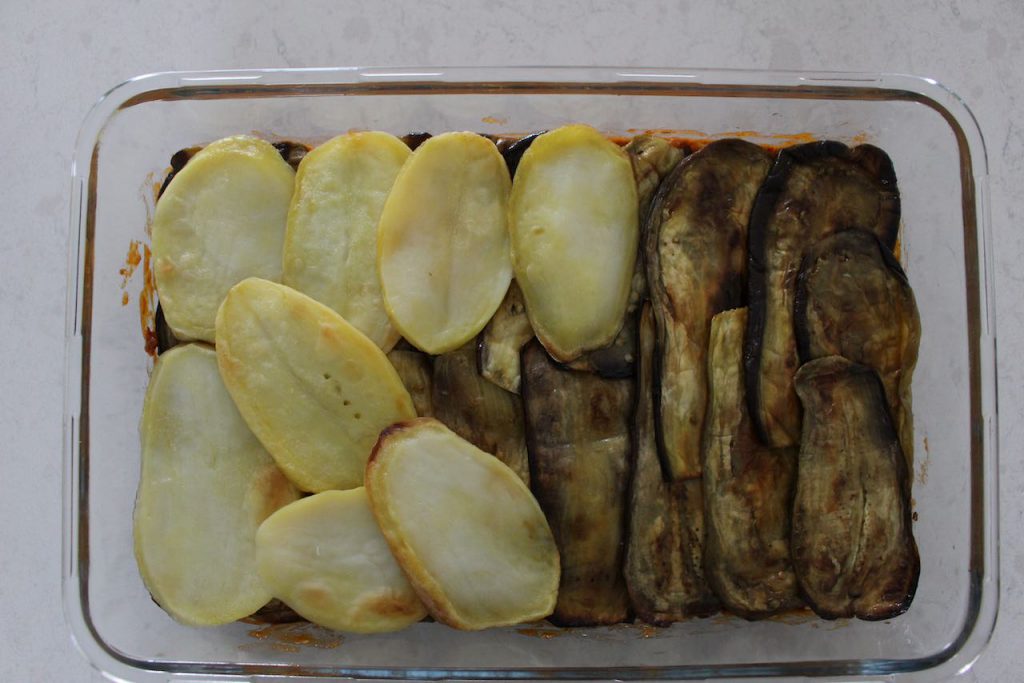
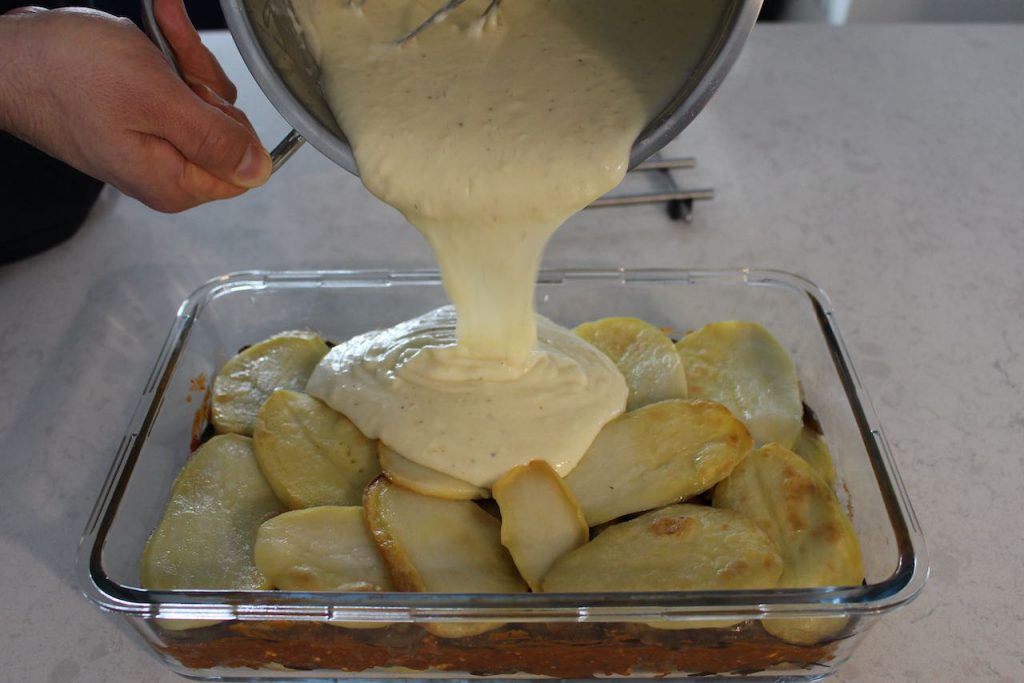
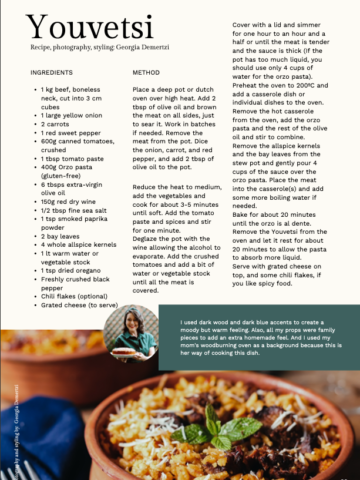

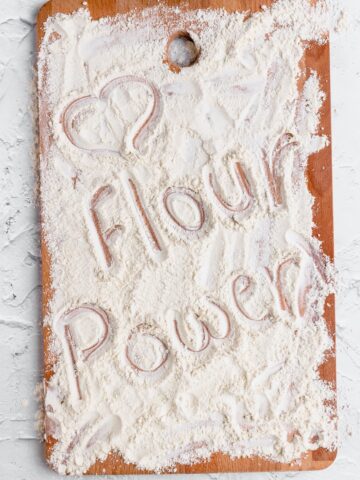
Leave a Reply